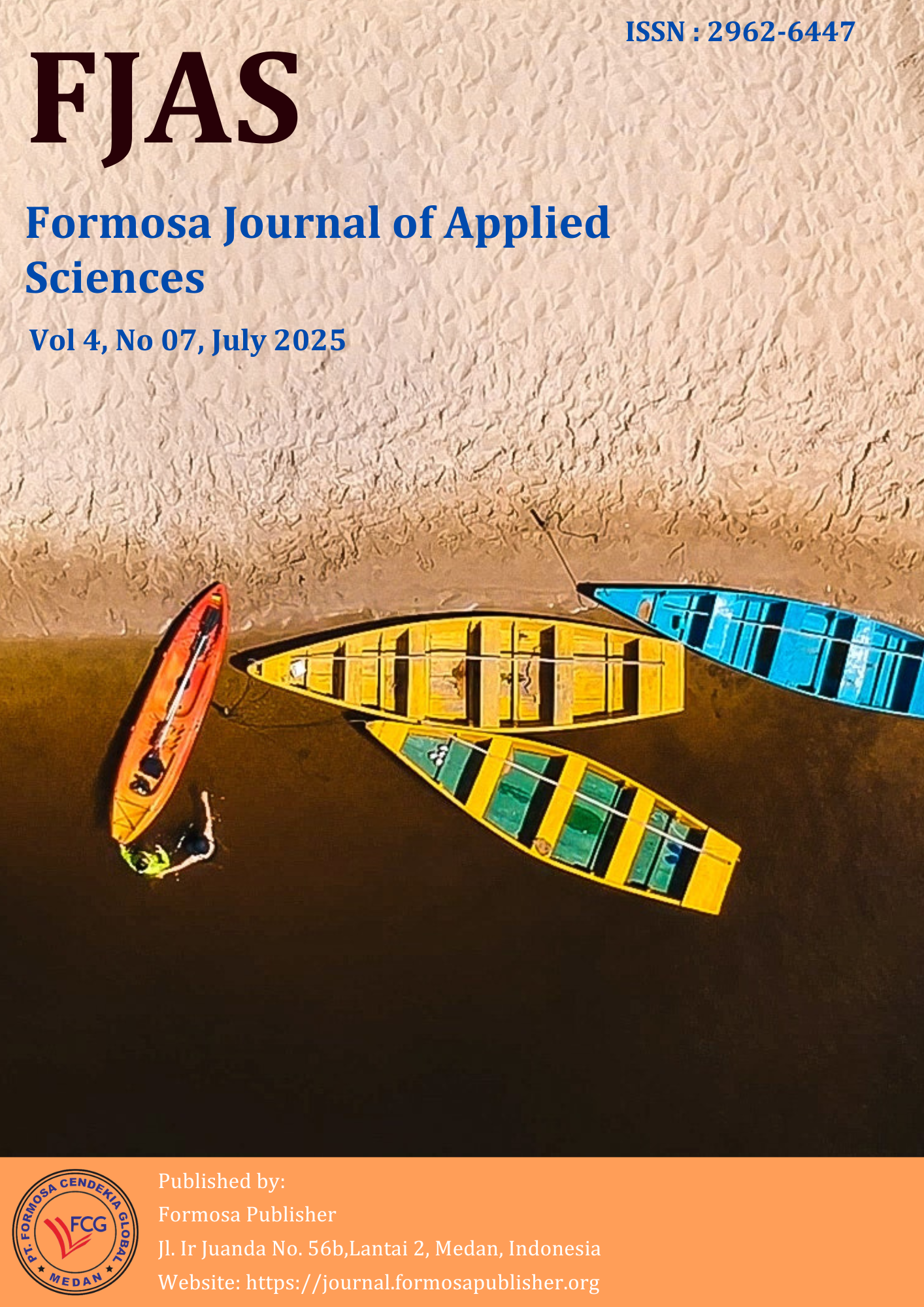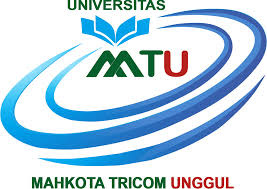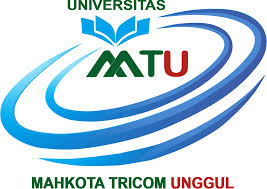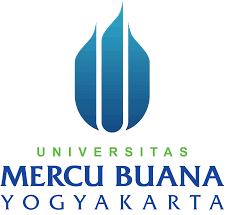Smart Building of TNI AU Headquarters Building in the Capital City of the Archipelago
DOI:
https://doi.org/10.55927/fjas.v4i7.235Keywords:
Threats, National Security, StrategyAbstract
This study aims to analyze the implementation of a smart building system at the TNI Air Force Headquarters in IKN as an effort to realize a smart city area in the new capital city. The research method used is qualitative, with data collection techniques through in-depth interviews, observations, and document studies. The results of the study indicate that the TNI Air Force Headquarters in IKN will implement an integrated smart building system, including energy management, security, and information systems. The implementation of this system aims to increase efficiency, effectiveness, and comfort for building users. This study concludes that the use of smart building technology at the Indonesian Air Force Headquarters in the IKN is a strategic step in realizing the concept of a smart city in the Capital City of the Archipelago.
References
Ahmad, RE (2011). Armies in the process of political modernization.
Berawi, MA (2023). Smart Building Development Guidelines. Jakarta: Indonesian Capital Authority.
Carli, R. (2020). IoT Based Architecture for Model Predictive Control of HVAC Systems in Smart Buildings. Sensors, 20 (3), 781. https://doi.org/10.3390/s20030781.
Ciholas, P., et al. (2019). The Security of Smart Buildings: A Systematic Literature Review.
CNN. (2024, May 31). PLN Prepares 100 Percent Green Energy in IKN.
Doni. (2022, March 31). Encouraging Digital Civilization in IKN Nusantara.
Dwi, A. (2023). PLTS in IKN Operates in July 2024, Its Capacity Reaches 50 Megawatts.
Friedmann, J. (1979). The Spatial Organization of Power in the Development of Urban Systems. In Hansen, N. (Ed.), Human Settlement Systems: International Perspectives on Structure, Change and Public Policy (pp. 45–70). Ballinger Publishing Company.
IKN, KO (2023). Blueprint of Smart City of Nusantara. Retrieved from https://www.ikn.go.id/storage/se-sk/20231222-se14.cetakbiru-kota-cerdas-nusantara.pdf.
IKN, KO (2023). Circular Letter of the Head of the Indonesian Capital Authority No. 009/SE/Head-of-IKN Authority/VIII/2023 concerning Guidelines for Smart Buildings in the Indonesian Archipelago.
John, P., & Richard, R. (2011). Collaborative Government: The Dynamics of Public-Private Partnerships. Public Administration Review, 71 (4), 475–484.
Kataray, T., et al. (2023). Integration of Smart Grid with Renewable Energy Sources: Opportunities and Challenges – A Comprehensive Review. Sustainable Energy Technologies and Assessments, 58 , 103363.
Krishnan, S.R., et al. (2022). Smart Water Resource Management Using Artificial Intelligence A Review. Sustainability, 14 (20), 13384. https://doi.org/10.3390/su142013384.
Li, G., et al. (2023). A Critical Review of Cyber-Physical Security for Building Automation Systems. Annual Reviews in Control, 55 , 237–254.
Merabet, G.H., et al. (2021). Intelligent Building Control Systems for Thermal Comfort and Energy-Efficiency: A Systematic Review of Artificial Intelligence-Assisted Techniques. Renewable and Sustainable Energy Reviews, 144 , July 2021.
Orikpete, OF, et al. (2023). Integration of Renewable Energy Technologies in Smart Building Design for Enhanced Energy Efficiency and Self-Sufficiency. The Journal of Engineering and Exact Sciences, 9 (9), 1–13. https://doi.org/10.18540/jcecvl9iss9pp16423-01e.
President of the Republic of Indonesia. (2002). Law of the Republic of Indonesia Number 3 of 2002 concerning National Defense.
President of the Republic of Indonesia. (2004). Law of the Republic of Indonesia Number 34 of 2004 concerning the Indonesian National Army.
President of the Republic of Indonesia. (2022). Law of the Republic of Indonesia Number 3 of 2022 concerning the National Capital.
President of the Republic of Indonesia. (2023). Law of the Republic of Indonesia Number 21 of 2023 concerning Amendments to Law Number 3 of 2022 concerning the National Capital.
PUPR, K. (2023). Development of IKN Infrastructure. Jakarta: National Capital Infrastructure Development Task Force.
PUPR. (2023, October 30). Ministry of PUPR Begins Construction of 3 Wastewater Treatment Plants for IKN Nusantara, Utilizing Environmentally Friendly Sanitation Technology.
Ramadhani, RR, et al. (2022). Smart Room Lighting System for Energy Efficiency in Indoor Environment. International Journal of Artificial Intelligence & Robotics (IJAIR) , 4 (2), 48–58. https://doi.org/10.25139/ijair.v4i2.5266.
RI, Setneg. (2022). IKN Nusantara Magnet of New Economic Growth and Smart City.
Sari, GK (2022). Integration of Development of New National Capital City. Standard: Better Standard Better Living, 27–32.
Schneier, B. (2008). The New School of Information Security. IEEE Security & Privacy , 71–75.
Shahanas, KM, et al. (2016). Framework for a Smart Water Management System in the Context of Smart City Initiatives in India. Procedia Computer Science , 92 , 142–147.
Sharma, V. (2024). Integrating Renewable Energy with Building Management Systems: Pathways to Sustainable Infrastructure. Journal of Waste Management & Recycling Technology , ISSN: 2976-7687.
Singh, M., et al. (2021). IoT Based Smart Water Management Systems: A Systematic Review. https://doi.org/10.1016/j.matpr.2020.08.588.
Soheilian, M., et al. (2021). Smart Lighting Application for Energy Saving and User Well-Being in the Residential Environment. Sustainability, 13 (11), 6198. https://doi.org/10.3390/su13116198.
Tikson, DT (2005). Underdevelopment and Dependence: Development Theories in Indonesia, Malaysia, and Thailand. Makassar: Ininnawa.
TNI Headquarters. (2019). Decree of the TNI Commander Number Kep/545/V/2019 dated May 22, 2019 concerning the TNI Air Force Swa Bhuwana Paksa Doctrine.
Tukimun. (2022). Readiness of Road Infrastructure in Supporting the Development of the Indonesian Capital City. Samarinda: University of August 17, 1945.
Vaidya, M., et al. (2021). Energy Efficient Smart Lighting System for Rooms. In Studies in Big Data (SBD, vol. 92).
Zhang, B. (2016). Intelligent Building Security System Design Based on Internet of Things Technology. https://doi.org/10.2991/nceece-15.2016.204.
Zhou, S.L., et al. (2023). A Comprehensive Review of the Applications of Machine Learning for HVAC. DeCarbon, 2 (4), 100023. https://doi.org/10.1016/j.decarb.2023.100023.
Downloads
Published
Issue
Section
License
Copyright (c) 2025 Muhammad Taufiq Azis, Yusuf Ali, Lukman Yudho Prakoso

This work is licensed under a Creative Commons Attribution 4.0 International License.


























